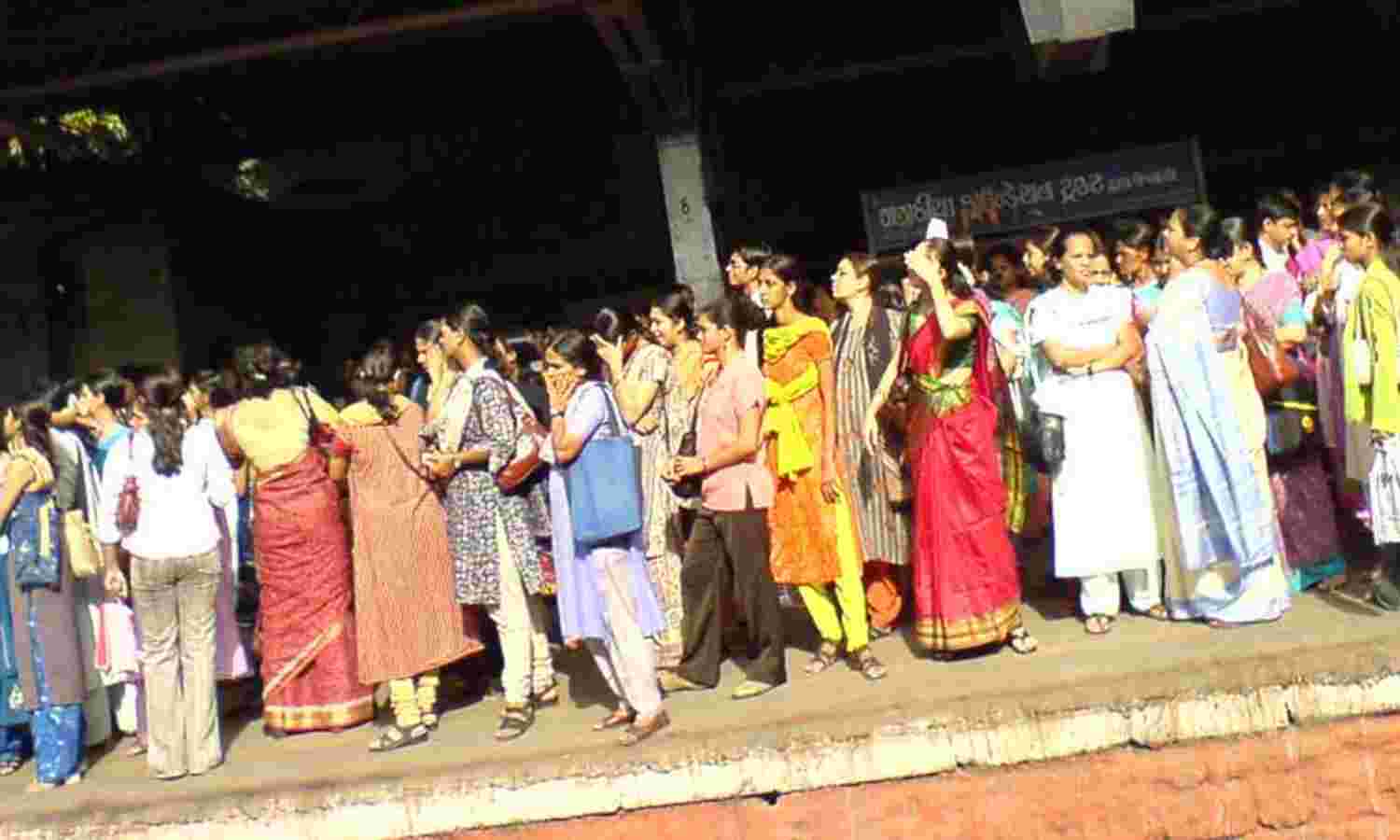Why Urban Indian Women Turn Down Job Opportunities Away From Home

Mumbai: Women in urban India turn down better employment opportunities further away from home in favour of lower-paid local opportunities as the public transport system is often unreliable or unaffordable, according to a 2017 study by the Institute for Transportation and Development Policy (ITDS), a global non-profit that designs and implements high quality transport systems and offers policy solutions.
Safe, comfortable, convenient and affordable transport can play an important role in not only helping meet women’s practical needs such as access to schools and markets but also in contributing to their strategic empowerment by facilitating access to social and economic opportunities, the study said.
No more than 14% of trips made by employed urban women are by sustainable modes like public transport, walking and cycling. “In the coming decade, cities will need to make a concerted effort to improve women and girls’ experience of sustainable modes of transport to achieve a target of 40% of all trips,” said the ITDS study.
Fewer women are working, transport is an issue
In over two decades preceding 2013, female labour force participation in India fell from 34.8% to 27%, IndiaSpend reported on August 5, 2017.
State-level female labour force participation rates range from 63% in Himachal Pradesh to 9% in Bihar, according to this 2015 report by McKinsey Global Institute, a business and economic research institute.
India’s female labour force dropped by 19.2 million between 2004-5 and 2011-12, according to this 2017 report by World Bank.
Women are more affected than men when access to employment, education or basic services are located far away from their residences, this 2016 study by the FIA Foundation, a philanthropic organisation, found.
Women are more dependent on public transport than men, especially when they are from lower-income groups, according to the ITDS report.
Across cities, on average, 37% of women, compared to 27% of men, walk to work and 30% of women as compared to 25% of men use public transport, IndiaSpend reported on January 8, 2016.
Since women are overrepresented as informal workers, their destinations may not be concentrated in the central business district or in one or two main areas, according to this 2007 paper on gender and urban transport by GIZ, a German transport policy advisory.
Women combine multiple destinations within one trip
“Women’s travel also gets characterised by trip chaining,” said the ITDS study, explaining the term as “combining multiple destinations within one trip”.
Women make shorter and more trips that often require them to change, divert, and break their journeys--to pick up children, run errands, shop or take on other family obligations.
This often makes it costlier for women to get around, since they may have to pay numerous single fare tickets during such a chained trip, according to the report by FIA Foundation.
For majority women, transport is part of a daily struggle to manage home and work commitments, which significantly impacts their quality of life, the ITDS report said.
“In a developing country like India, women often rely on some form of public transport as their only choice of motorised transport. It is therefore important that they perceive public transport as being safe and secure.”
High underreporting of violence against women in public spaces
Women and girls fear using public transport because of violence and the fear of violence, according to the ITDS report.
Delhi has been ranked fourth for the most dangerous transport system for women, according to this 2014 presentation by Thomas Reuters Foundation, the philanthropic arm of news agency Thomson Reuters.
Over 90% women had faced some form of sexual harassment, 51% women faced harassment inside public transport, and another 42% while waiting for public transport in a year, according to this 2010 study conducted in Delhi by Jagori, a women’s resource centre, in partnership with UN Women and Department of Women and Child Development.
There is also high underreporting of violence against women in public spaces and of sexual harassment in public transport as it takes place during a journey, making it difficult to report the offence.
Public transport authorities do not record incidents of harassment separately from other complaints in a sustained manner. The process of reporting harassment and its redressal must be clearly communicated along with a mechanism to track progress of reported incidents, said the ITDS study.
With multiple helpline numbers and poor advertising campaigns, women are unaware of the services, underscoring the need for an universal helpline number.
Urban transport investment gender blind
Violence against women and girls in public space impedes women empowerment by restricting their mobility and is recognised as women rights violation by the ministry of women and child development.
The central government set up the Nirbhaya Fund with an initial corpus of Rs 1,000 crore to tackle such issues--ensure women security and safety. However, less than 30% of the fund has been utilised, the Business Standard reported on February 11, 2018.
While momentum exists at different levels of government in addressing women’s safety in public transport, transport investments have been gender-blind with limited understanding of the inter-relationships between gender and transport inequities, according to the ITDS study.
Sustainable urban development is elusive without integrating women and girls’ safety, comfort, convenience and affordability in urban transport, said the study.
(Mohan, a master in economics from Mumbai University, is an intern with IndiaSpend.)
We welcome feedback. Please write to respond@indiaspend.org. We reserve the right to edit responses for language and grammar.


